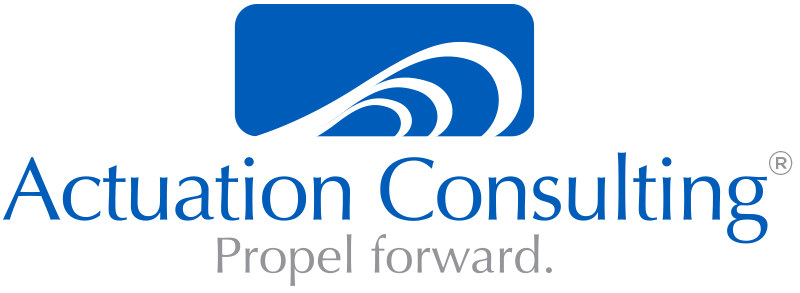Back in 2012 I was presenting findings from our first annual study of product team performance when I was asked by a product manager “how does the choice of product development methodology impact a product’s profitability?” At the time we did not have the answer to this question but we began investigating how the choice of a particular product development methodology impacts a product’s profitability.
Setting Context
In order to fully understand survey respondents responses to the question about product profitability I want to provide you with some data on 2015 adoption rates for various product development methods that are currently in use. (You can read our prior blog post on this topic here.) When asked which product development methods their organization was utilizing survey respondents told us the following:
Which of the following methodologies best describes the way your organization develops products?

43% of survey responders – by far the highest percentage – indicate that their company utilizes a Blended approach to product development that combines both Waterfall and Agile methodologies. Agile/Scrum is the second most recorded answer, representing slightly more than a fourth of responses at 25.9%. Waterfall, with 13.6% of responses, is a trailing third. Nearly as many respondents (10.6%) indicate they did not know the methodology their organization employs in the development of products. Kanban, representing just 3.2% of responses, came in last among preferred methodologies listed.
Now Onto Product Profitability
It is clear from the previous bar graph that Blended methods continue to dominate as the primary method organizations are using to produce their products. Agile, particularly Scrum, methods come in second place. However, when we look at the perceptions that survey respondents have about which method most favorably impacts profitability the picture shifts.
Which of the following methodologies do you associate with increasing your product’s profitability?

For the third year in a row, dramatically more respondents (36.4%) believe Agile/Scrum would increase their product’s profitability than actually use it (25.9%). There are also more who believe Kanban would increase their product’s profitability than actually use it. Over half of Waterfall users would choose something else. With a third of Blended users opting for something else for profitability’s sake, it’s clear they think it is not the best method when the measure is profitability.
The Bottom Line
It is quite clear from this year’s findings that many organizations realize that the actual product development method that they are using is not the optimal one for enhancing a products profitability. This is particularly true of those organizations utilizing Blended methods. This will not come as a surprise to many who recognize that organizational constraints, such as annual planning processes, may preclude some organizations from fully implementing an Agile approach. Waterfall also drops precipitously. Many organizations utilizing this product development method do so for other valid reasons such as the ease of documentation (E.g. highly regulated industries). Regardless, survey respondents clearly view Agile methods as the hands-down winner.
Advancing the Profession of Product Management™
website I consulting I training I toolkits I books I blog I twitter

